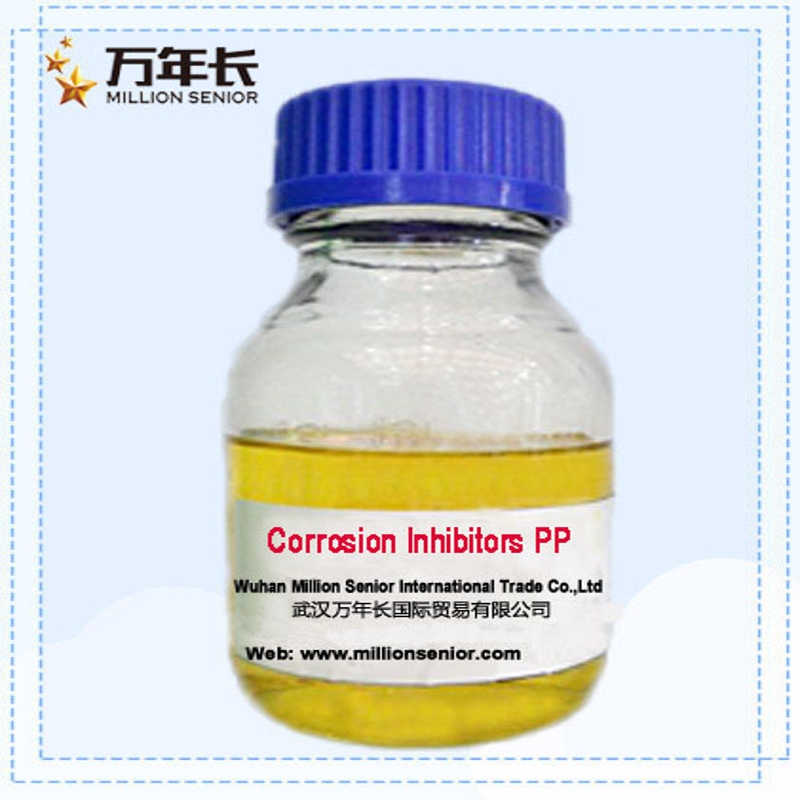-
Categories
-
Pharmaceutical Intermediates
-
Active Pharmaceutical Ingredients
-
Food Additives
- Industrial Coatings
- Agrochemicals
- Dyes and Pigments
- Surfactant
- Flavors and Fragrances
- Chemical Reagents
- Catalyst and Auxiliary
- Natural Products
- Inorganic Chemistry
-
Organic Chemistry
-
Biochemical Engineering
- Analytical Chemistry
-
Cosmetic Ingredient
- Water Treatment Chemical
-
Pharmaceutical Intermediates
Promotion
ECHEMI Mall
Wholesale
Weekly Price
Exhibition
News
-
Trade Service
The "14th Five-Year Plan for the Development of National High-tech Industrial Development Zones" (hereinafter referred to as the "Plan") issued by the Ministry of Science and Technology on November 9 pointed out that national high-tech zones are encouraged to focus on the green and intelligent development of fossil energy, clean and low-carbon utilization, new energy, ecological environmental protection, clean production, comprehensive recycling of resources and other fields, and carry out green technology research and demonstration applications; At the same time, it supports the park to increase the use of clean energy, reduce fossil energy consumption, and promote the green, intelligent and integrated development of the national high-tech industrial development
zone.
The Plan proposes to strengthen the research and development and application of green and
low-carbon technologies.
Encourage national high-tech zones to guide enterprises to build innovation platforms such as green technology verification centers, green technology innovation centers, and green technology engineering research centers, focusing on the green and intelligent development of fossil energy and clean and low-carbon utilization, new energy, ecological environmental protection, clean production, comprehensive recycling of resources and other fields, and carry out green technology research and demonstration applications
.
Support enterprises, colleges and universities, and scientific research institutes in the region to explore the establishment of green technology standards and service systems, and promote the use of carbon reduction, zero carbon and carbon negative technologies and equipment
.
Promote the development of
green and low-carbon industries.
Encourage national high-tech zones to plan and build low-carbon industry professional parks, cultivate green industrial clusters such as new energy, new energy vehicles, and green environmental protection, develop green and low-carbon technology consulting, carbon asset development and management, third-party contract energy management, environmental protection housekeepers and other service formats, and strengthen the supply of
green products, green equipment, and green and low-carbon solutions.
Support the park to promote the green and low-carbon transformation of industries, promote the deep integration of emerging technologies such as big data and artificial intelligence with green and low-carbon industries, and build green factories, green supply chains, and smart factories
.
Optimize the green ecological environment
.
Support the green and low-carbon circular development of national high-tech zones, and strictly control the entry of high-energy, high-emission and low-level enterprises
.
Encourage parks to advocate comprehensive energy conservation and consumption reduction, increase the prevention and control and treatment of the whole process of industrial pollutant emissions, and reduce the amount
of pollutants produced.
Support the park to increase the use of clean energy, promote the utilization of energy cascades, and reduce fossil energy consumption
.
Encourage the park to guide enterprises to improve the green certification and labeling system, and establish a green product credit acceptance mechanism
.
It is understood that by the end of 2020, the total number of national high-tech zones reached 169, including 70 in the east, 44 in the central region, 39 in the west and 16 in the northeast, and 21 national independent innovation demonstration zones have been built, becoming an important carrier
for China's implementation of innovation-driven development strategy.
Among them, there are 48 state-level chemical parks (including economic and technological development zones and high-tech zones), and 17 super-large parks with an output value of more than 100 billion yuan, and the output value of super-large and large-scale parks accounts for more than 50%
of the total output value of chemical parks.
However, about 56% of the chemical parks are small parks with an output value of less than 10 billion yuan, and most of them are in the initial stage
of construction and development.
Under the new situation, there are still some problems in the national high-tech zone: First, the ability of independent innovation needs to be further improved, the accumulation of high-end innovation resources is insufficient, the breakthrough of leading original achievements is not enough, and the role of supporting high-level scientific and technological self-reliance and self-improvement has not been fully played
.
Second, the core competitiveness of leading industries needs to be strengthened, industrial advantages and characteristics are not outstanding, and the security support for the industrial chain and supply chain is not enough
.
Third, the quality of development is unbalanced, the development gap between the eastern, central and western parks is relatively large, and the ability to support the major national and regional strategies and regional coordinated development strategies needs to be enhanced
.
Fourth, the degree of internationalization needs to be improved
.
Fifth, the institutional environment and innovation and entrepreneurship ecology need to be optimized
.







